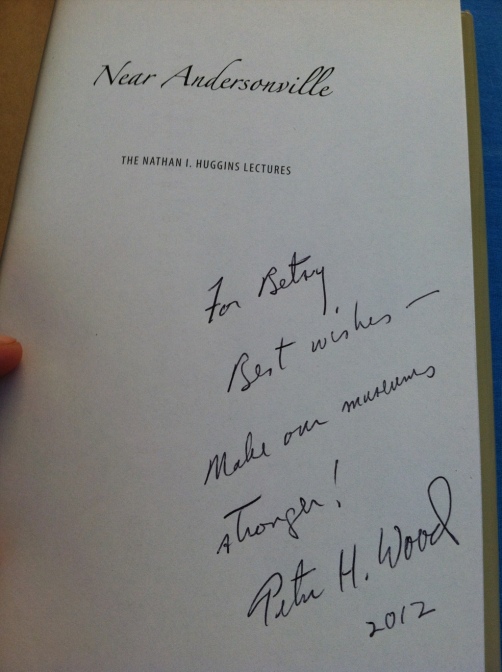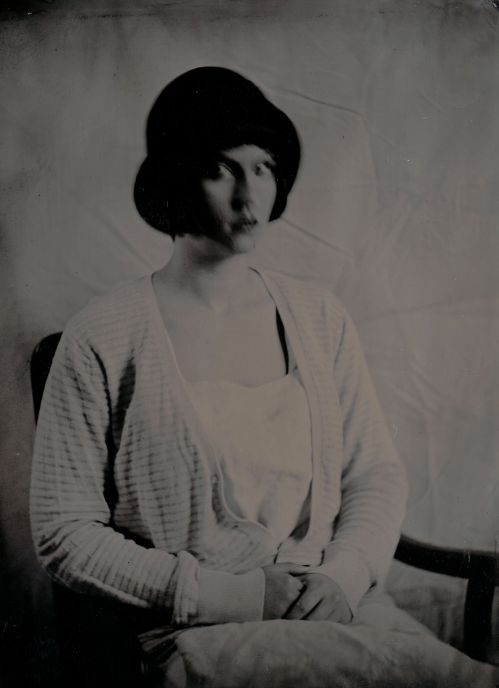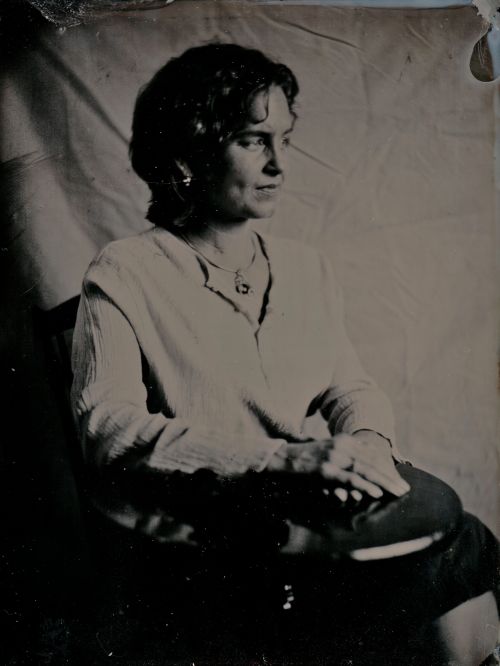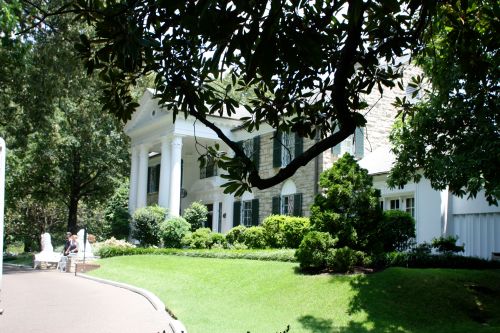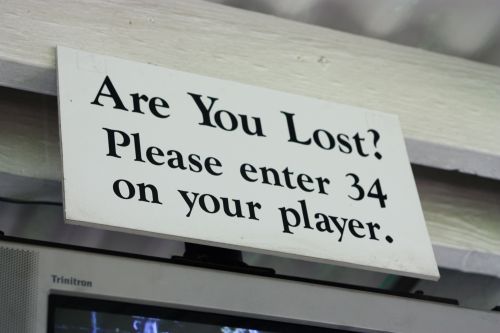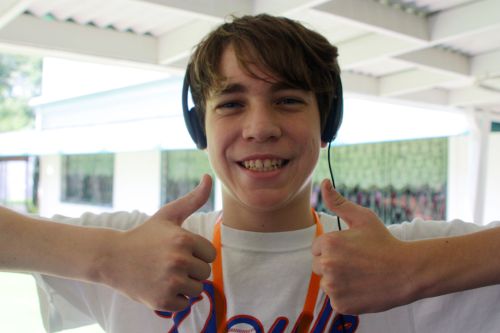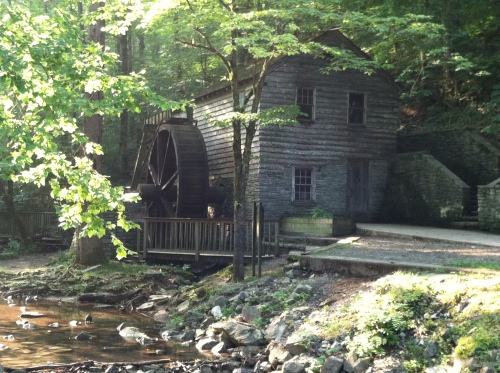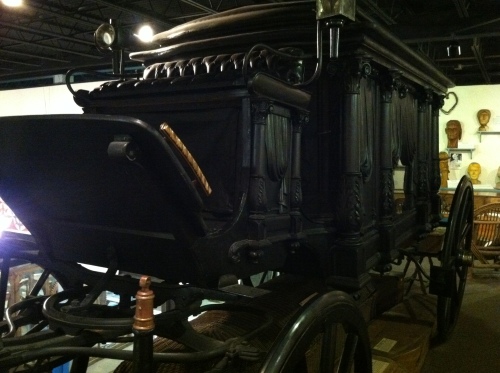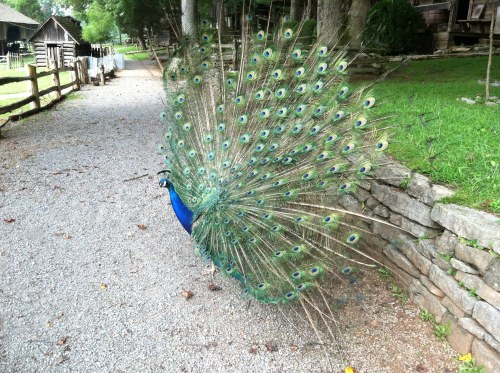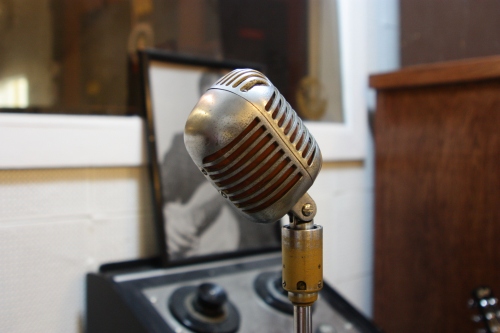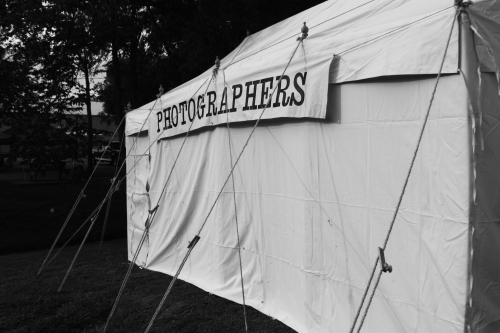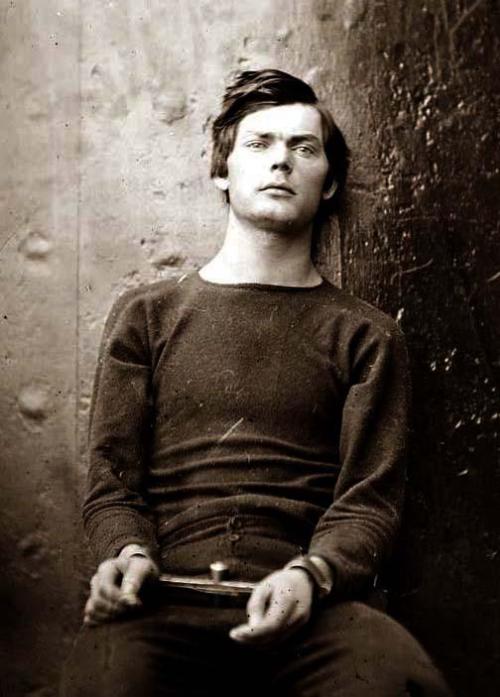I am writing today to lament the tragic and rapid disappearance of a very classic and elegant form of expression: the love letter. The love letter (or note if someone was pressed for time) has been in existence since written forms of languages were developed. Love is one of the fundamental emotions felt by humans, and for thousands of years we have been trying with and without success to effectively put it into words. Love letter writing was once a very serious undertaking. Manuals on how to accomplish such a task date back as far as the sixteenth century. We take for granted today how easy it is to be physically near our partners and how much alone time unmarried couples are allowed now in the western world. Without the means of modern transportation and the often heavy supervision of chaperones often the love letter was the only way (provided the couple found a discrete and trusty means for delivery) that a pair of lovers could earnestly express their affections for one another. It was even considered acceptable as late as the Victorian period for gentlemen to propose marriage through letters. I think that’s a fact most people today might find a little off-putting when so much emphasis tends to be placed on the act of “popping the question” these days. This was not so in the past when a young man might be too bashful or overcome with intense emotion that he could not effectively express his intentions verbally. The Victorians, as they were wont to do, of course took love letter writing to a whole new level. They often used scented inks, gaudily decorated stationary, and flowery language. Penmanship was a skill cultivated by the more affluent classes. Judgements were passed on the quality of a person based on this fact alone. In other words a great deal of thought went into letter writing and it was governed by a score of precise rules that did not really loosen until the twentieth century.
One of the beauties of the love letter is that, provided it is looked after, there is forever a record of the very intimate exchanges of two people. So many love letters from famous individuals survive today and have provided great insight into their lives. I personally love reading these sort of exchanges between such individuals. I think a great deal can be gathered about a person by the way he or she expresses him or herself to his or her partner.
I love the eighteenth century example found in the letters of John and Abigail Adams. Not only were they very much in love which is clearly evident, but John also considered Abigail his intellectual equal and elicited his “Diana’s” advice and opinion on political matters. John was often taken far away by his involvement in forging a new nation so letter writing gave the couple their only means of keeping close and the couple took great advantage of this exchanging well over 1,000 letters that we know about today. You probably don’t really think cute when you think of John Adams, but this little letter he sent Abigail in 1762 might change your mind:
“By the same Token that the Bearer hereof satt up with you last night I hereby order you to give him, as many Kisses, and as many Hours of your Company after 9 O’Clock as he shall please to Demand and charge them to my Account: This Order, or Requisition call it which you will is in Consideration of a similar order Upon Aurelia for the like favour, and I presume I have good Right to draw upon you for the Kisses as I have given two or three Millions at least, when one has been received, and of Consequence the Account between us is immensely in favour of yours.”
There is a great book of their letters called My Dearest Friend, which is an excellent way to experience one of the greatest American love stories.
I am a known fan of Keats. Pretty much any guy who quoted his words to me could easily capture my affections. However, there was the one poor idiot who once tried to pass Shakespeare’s famous rose line from Romeo and Juliet off as Keats to me at a bar. Suffice it to say he was left quite embarrassed and without my phone number. Anyway, Keats’s letters to Fanny Brawne in their tragically sad love affair are interesting and tenderly melancholy, which appeals to me. God love a poet, they’ll break your heart, but they can certainly woo:
“I never knew before, what such a love as you have made me feel, was; I did not believe in it; my Fancy was afraid of it, lest it should burn me up. But if you will fully love me, though there may be some fire, ’twill not be more than we can bear when moistened and bedewed with Pleasures.”
Often those of us today make the mistake of assuming those in the past were somehow all more prudish and straight-laced than we are today. While outwardly this might have been how things appeared, not everyone kept their love letters as prim as one would think. Take for example this rather juicy excerpt from a letter written by Gustave Flaubert to his lover Louise Colet in 1846:
“I will cover you with love when next I see you, with caresses, with ecstasy. I want to gorge yu [sic] with all the joys of the flesh, so that you faint and die. I want you to be amazed by me, and to confess to yourself that you had never even dreamed of such transports… When you are old, I want you to recall those few hours, I want your dry bones to quiver with joy when you think of them.”
It sounds like ol’ Gustave knew how to show Louise a good time. But if you really want to read some steamy (and quite frankly, graphic) examples of love letters look no further than the early twentieth century example of those written by James Joyce to Nora Barnacle. I’m afraid I do not even have the courage to excerpt them here. Trust me, though, if you aren’t faint of heart or easily offended, they are quite the interesting read. See, letter writing can be fun!
Letter writing lived on with only a slightly diminished vigor post-telephone it seems until the birth of the internet. I love the internet. It’s great in many ways. However, I really blame it and cellphones for the decline of letter writing and proper communication skills in general. Very few of my generation (the 20s set) seem to write any form of letters at all. We text, email, Facebook, etc. For some things, though, like love letters, these forms of communication simply aren’t a good substitute. There is something to be said about receiving a letter from a loved one in the mail. It means something for someone to take the time out of their day to pen thoughts specifically designed for another. I love the intimacy of that act. I try to write letters as much as I can. I was raised by parents who wrote and write letters still from time to time. I had pen pals as a child years before I learned to use the internet. I have written love letters as well. I find satisfaction in it. I wish more people my age would get back into the habit of posting their thoughts to one another. Yes, speed and efficiency are sacrificed, but sometimes speed and efficiency are overrated. I guarantee, from personal experience, it would be very hard to find a young lady (or man for that matter) who would not enjoy receiving the written expression of their significant other’s affections folded into a lovely handwritten letter. Speaking of which, all you guys out there should really consider taking a look at “The Art of Manliness'” post about letter writing. It’s actually good advice if you’re looking to woo a special lady especially one with a romantic soul. The same goes for ladies too looking for a special way to charm a young man. Stamps really aren’t that expensive. Why not give it a try?
I hope one day we’ll return to letter writing, but I’m afraid it would take some sort of post-apocalyptic situation the likes of which were seen in that bizarre Kevin Costner film The Postman. In the mean time, though, I’ll keep doing my part by writing letters as often as I can, and faithfully checking my letter box. Happy writing, everyone!

